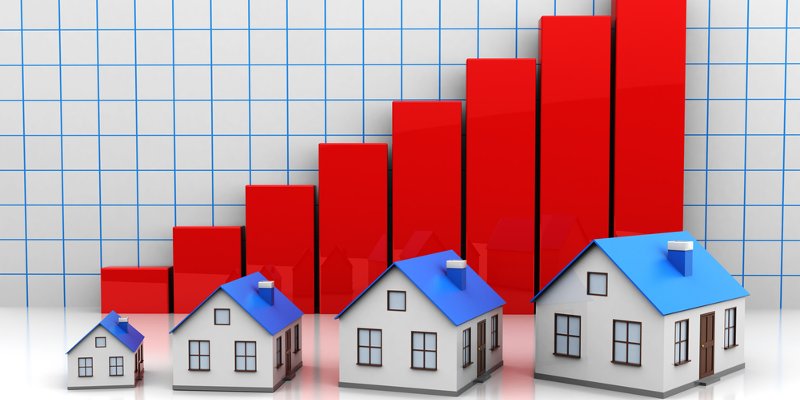This is the first time in 12 months that annual house price growth was above 1%.

Annual house price growth edged up as 2019 drew to a close, with prices 1.4% higher than seen in December 2018 according to the Nationwide House Price Index.
The underlying pace of growth appeared to slow throughout the year as a result of weaker global growth and an intensification of Brexit uncertainty.
House prices rose by 0.1% month-on-month in December.
Robert Gardner, chief economist at Nationwide, said: “The underlying pace of housing market activity remained broadly stable, with the number of mortgages approved for house purchase continuing within the fairly narrow range prevailing over the past two years.
“Healthy labour market conditions and low borrowing costs appear to have offset the drag from the uncertain economic outlook.
“Looking ahead, economic developments will remain the key driver of housing market trends and house prices.
“Much will continue to depend on how quickly uncertainty about the UK’s future trading relationships lifts as well as the outlook for global growth.
“Overall, we expect the economy to continue to expand at a modest pace in 2020, with house prices remaining broadly flat over the next 12 months.”
Jonathan Samuels, chief executive of Octane Capital, added: “Annual house price growth of above 1% for the first time in 12 months will be seen by many as an omen of what's to come.
"While prices are likely to pick up in 2020 as a significant amount of pent-up demand comes through in the aftermath of the General Election, the vital trade negotiations taking place will continue to keep the property market honest.
“The General Election result has created real confidence and therefore price growth in 2020 is likely to be more robust than in recent years.”
First-time buyer numbers have continued their steady recovery reaching 354,400 in the 12 months to October.
This is more than double the 155,000 recorded in 2009 and 12% below the 2006 peak.
Gardner said: “The trend is partly due to robust labour market conditions, with employment rising at a healthy rate in recent years, and earnings growth slowly regaining momentum.
“Low borrowing costs have also provided important support.
“Even though house prices remain high, relative to average incomes, the cost of servicing the typical mortgage as a share of take-home pay has remained close to or below long run averages in most parts of the country.
“The main exception is in London, where a period of rapid house price growth in the three years to 2015 means that monthly mortgage payments would also be unaffordable for a large proportion of the local population.”
But outside of London and the South East, raising a deposit appears to be the main challenge for prospective first-time buyers.
Mark Harris, chief executive of mortgage broker SPF Private Clients, added: “First-time buyers were the big success story of the year, steadily growing in number.
“Lenders are doing their bit, offering higher loan-to-values at competitive rates and more innovative products which enable the Bank of Mum and Dad to offer assistance.
“Being able to afford a mortgage in London remains the biggest challenge, despite the softening of prices there, while outside of the capital it is the deposit which continues to be the issue.”
Scotland was the strongest performing home nation in 2019 with prices up 2.8% over the year.
Wales saw further slowing in its annual rate of house price growth to 1.5%.
House price growth also continued to moderate in Northern Ireland with average prices up 1% over the year, down from 3.4% in Q3.
Meanwhile, England remained the weakest performing home nation, with prices up just 0.2% compared with a year ago.
London ended the year as the weakest performing region, with an annual price decline of 1.8%.
The West Midlands was the best performing English region, with prices increasing by 2.7% over 2019.



